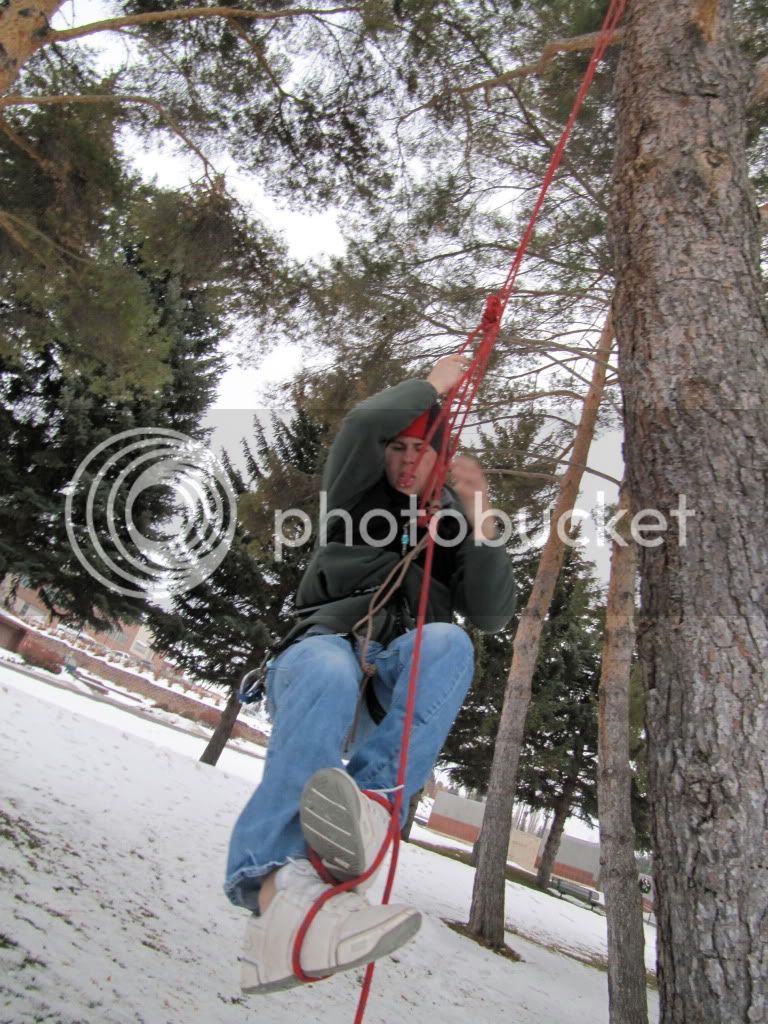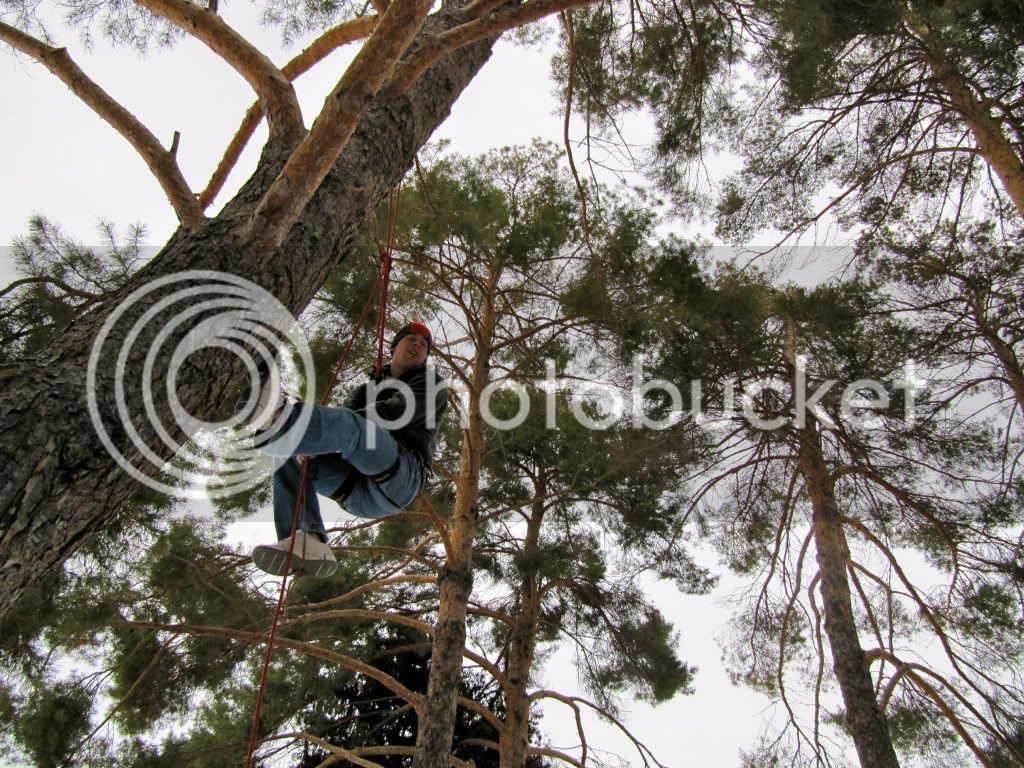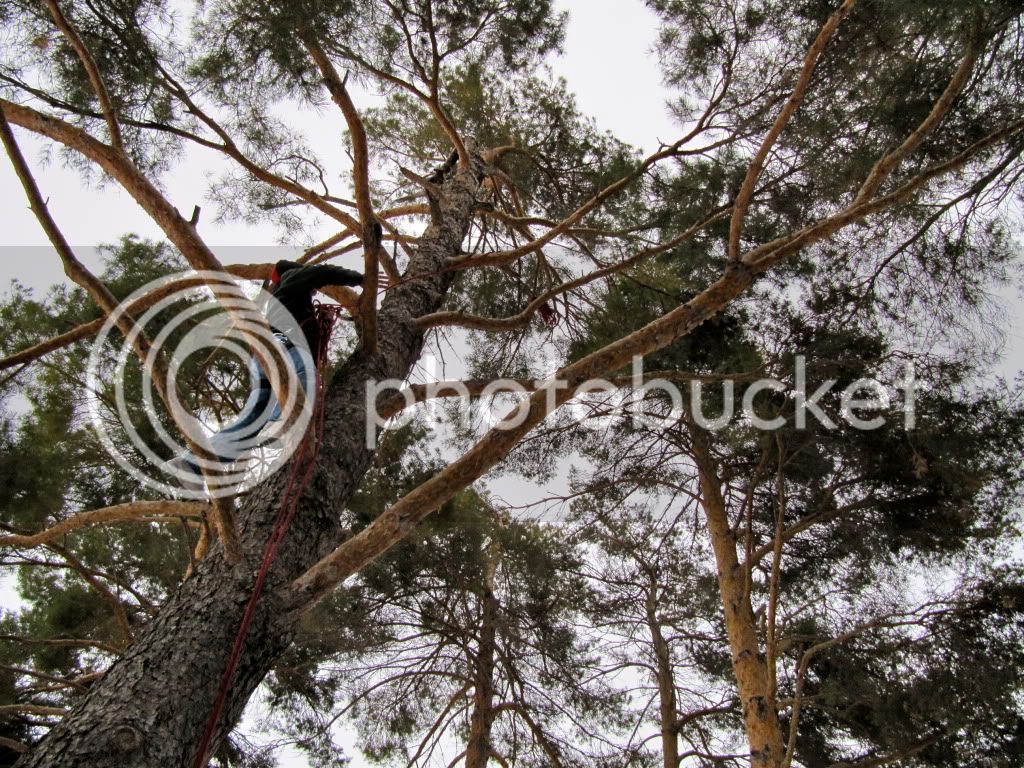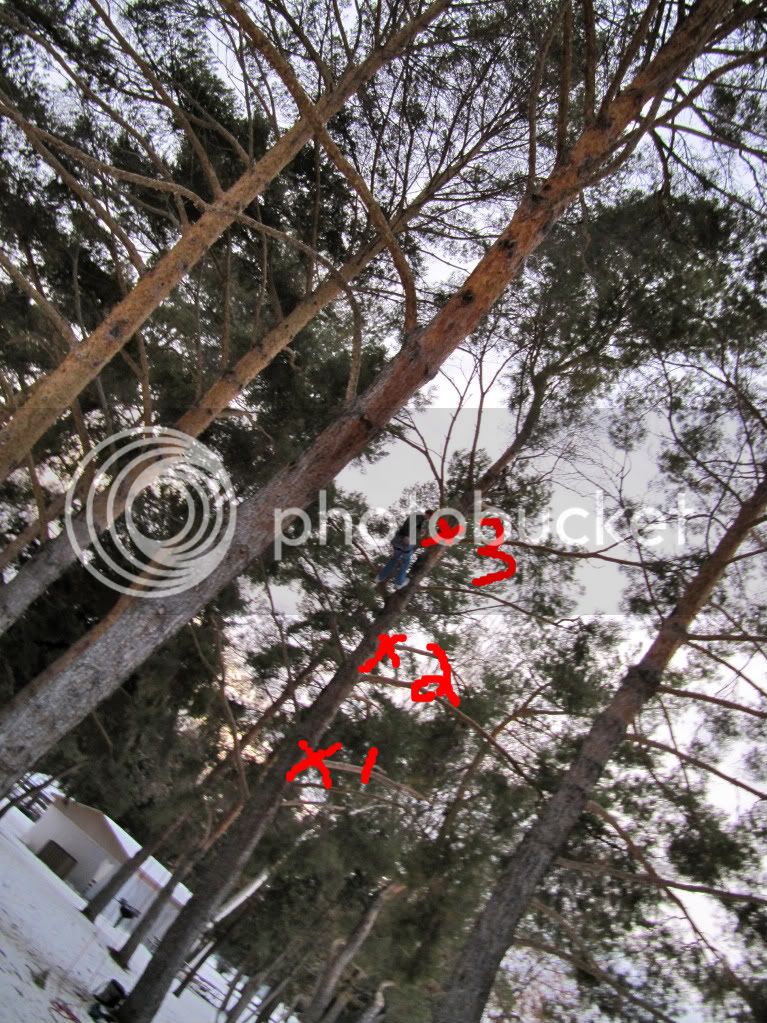cookiecutter
ArboristSite Lurker
I finally got out to try a multi pitch climb. The tree wasn't too tall, so I did short pitches in order to get a few in. I ran into some problems with rope management but started to get a hang of it towards the end. Due to many a suggestion I got my hands on a much thicker rope, 11mm is MUCH easier to handle that my 8mm line. I apologize for the weird camera angles, my sister was on the camera and she does what she wants too.










Last edited:




